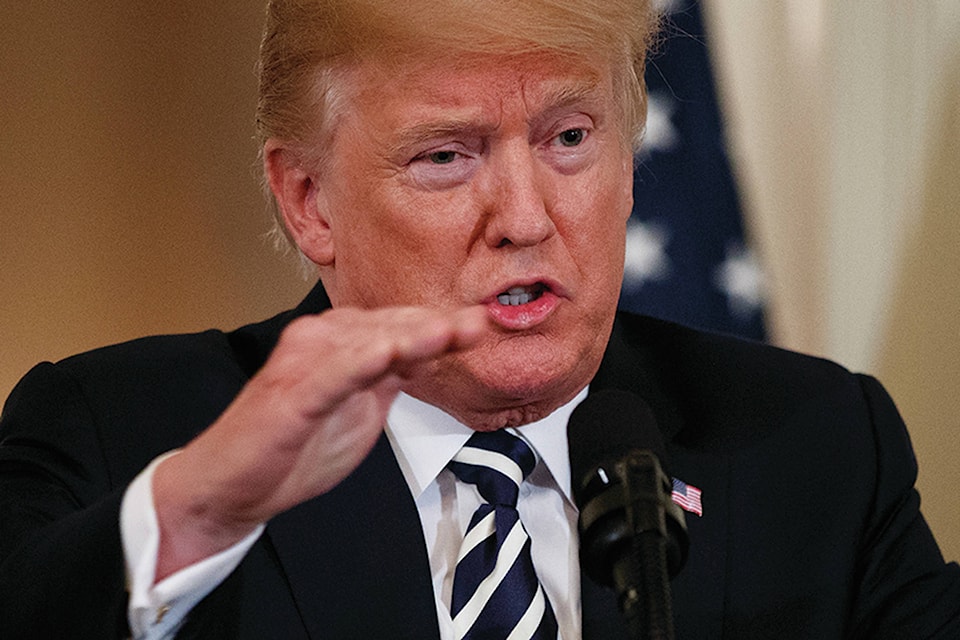Trump’s trade wars may be pressuring both economy and Fed
WASHINGTON — A sharp pullback in U.S. hiring for May intensified fears that the economy has weakened and that many employers have grown nervous, in part from President Donald Trump’s escalating trade wars.
Yet the stock market soared and bond yields fell because investors found a reason to cheer: The tepid employment report magnified their expectations that the Federal Reserve will cut interest rates in the coming months, perhaps beginning in July, to support the economy.
Trump, who has railed against the Fed for not cutting rates this year, may get his wish, if only because his trade conflicts with China, Mexico and other key nations are posing an economic threat.
It isn’t at all clear how effective Fed rate cuts would be when mortgage rates and other borrowing costs in the United States are already historically low. What’s more, rate cuts carry their own risks. With the Fed’s own key short-term rate already low, further reductions could weaken the central bank’s ability to fight a future recession. Lower Fed rates might also contribute to dangerous bubbles in stocks or other assets.
On top of that, the Fed’s policymakers face an unusually uncertain environment. Though the White House’s threats to impose tariffs on all Mexican and Chinese imports are pressuring the economy, a resolution to those conflicts could quickly end the damage they might be causing. In that case, the Fed might have cut rates prematurely.
A rate cut “is a bit of insurance in case the economy deteriorates more quickly,” said Joe Brusuelas, chief economist at RSM, a tax consulting firm.
Employers added just 75,000 jobs in May, the Labor Department said Friday , only about a third of April’s pace. The unemployment rate held at a five-decade low of 3.6%. So far this year, employers are adding 164,000 jobs a month, enough to keep lowering the jobless rate over time, but down from last year’s pace.
Economic growth is projected to slow, with most analysts forecasting just 1.5% growth at an annual rate in the April-June quarter, after a healthy 3.1% in the first three months of the year.
Some economists worry that growth is already slowing even before the full effects of the trade fights have kicked in. For most of the spring, investors thought that a deal would be reached with China, after Trump had imposed tariffs last year.
Early last month, Trump turned more combative: He suddenly raised the import taxes on $200 billion of Chinese goods to 25% from 10%. The president argued that the increase was necessary because China had backed away from parts of an emerging deal.
And last Friday, Trump said he would impose 5% tariffs on all imports from Mexico, and would ratchet those duties another 5% each month until they hit 25% in October, unless Mexico stopped the flow of migrants through its country from Central America.
The U.S. imported nearly $350 billion in goods from Mexico last year, including autos and auto parts, electrical components, and produce such as tomatoes, avocadoes, and cucumbers. If those duties were to reach 25%, they would restrain U.S. economic growth and raise prices.
